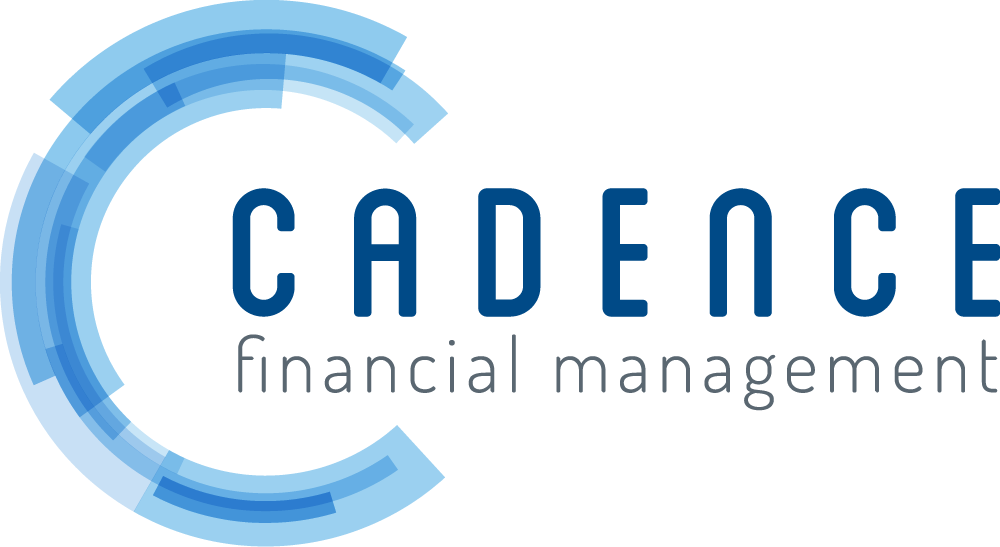Survey Says… What’s Your Take on Financial Wellness Programs?
A recent comprehensive TIAA survey of financial wellness plan participant perceptions may be helpful to plan sponsors who have, or are considering implementing, a wellness plan for their employees.
Employees’ definition of financial wellness varies considerably: “having the means to take care of your family and others” (53%), “not worrying about money or debts” (51%), and “feeling protected financially from life’s unexpected events” (51%), well ahead of retirement financial security (36%). Also, they rank the “ability to pay monthly bills without difficulty” (38%) and “having a reliable source of income” (38%) ahead of being on track with retirement savings (16%) when asked about their current priorities for securing financial wellness.
Interestingly, the TIAA survey found most people don’t consider retirement planning as a component of their financial wellness. However, 57% of respondents are interested in learning more about retirement planning through an employer financial wellness program. Many employees feel that it is difficult to focus on their retirement when there are more immediate pressing needs. “The most impactful financial wellness programs help address both short-term and long-term goals since they are linked together.” according to Snezana Zlatar, senior managing director and head of financial wellness advice and innovation at TIAA.
Employees who have participated in a wellness program appear to be much more confident about their progress on key markers of good retirement planning in areas of being able to retire when they want to (54% vs. 32%), afford the retirement lifestyle they want (54% vs. 29%), and live comfortably in retirement without running out of money (50% vs. 29%).
Some obstacles to employees who choose not to engage with a financial wellness program include:
Worried about hidden costs or fees – 27%; Don’t want to disclose finances/issues to employer – 25%; Wouldn’t be as effective as offerings you could find on own – 20%, Don’t think offerings would make a difference – 17%.
These impediments can be mitigated through targeted, ongoing education about the benefits, confidentiality of financial information, explicit cost reporting and recognition of a diverse employee population.
Zlatar says, “Whether employees are interested in guaranteed income for life or help managing their federal student loans, we’ve seen that increased flexibility in benefits, more financial education and personalized advice ultimately lead to better outcomes and increased feelings of financial wellness,”
The TIAA “Financial Wellness Survey” was conducted online from October 22 to November 3, surveying 3,008 Americans ages 18 and older on a broad range of financial management issues and topics.
Link to Teachers Insurance and Annuity Association of America (TIAA) survey: https://www.tiaa.org/public/pdf/2022_financial_wellness_survey_final_results.pdf
This material was created to provide accurate and reliable information on the subjects covered but should not be regarded as a complete analysis of these subjects. It is not intended to provide specific legal, tax or other professional advice. The services of an appropriate professional should be sought regarding your individual situation. The material presented was created by RPAG. Securities, investment advisory, and financial planning services offered through qualified registered representatives of MML Investors Services, LLC. Member SIPC (www.sipc.com). Supervisory Office: 16 Campus Blvd, Newtown Square, PA 19073. Cadence Financial Management, LLC is not a subsidiary or affiliate of MML Investors Services, LLC or its affiliated companies. ACR# 4288794 02/22
